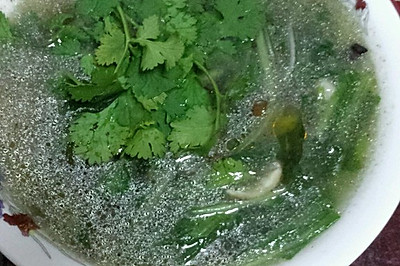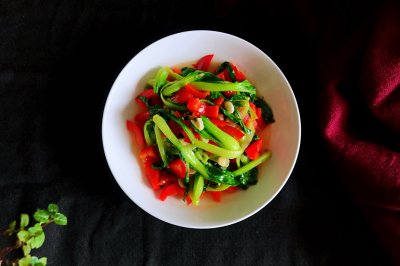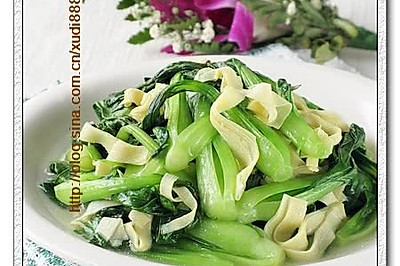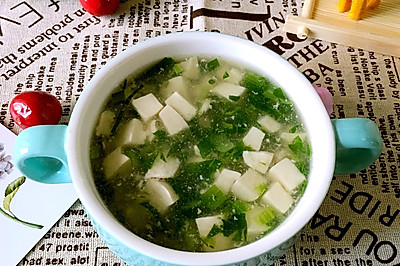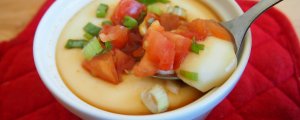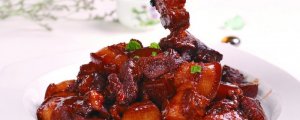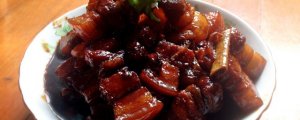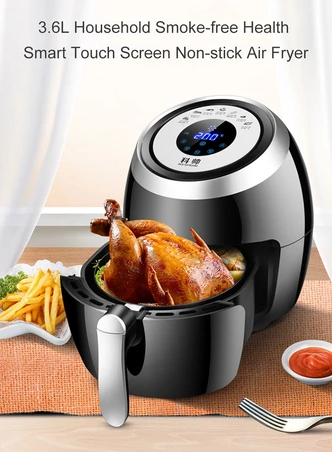
Exotic Korean food that can't stop at a summer table
(93487 views)
Kimchi is the essence and soul of Korean and Japanese cuisine. Everyone has eaten Korean kimchi. Have you ever eaten Korean kimchi? I believe that you are rarely exposed to delicious food about North Korea. In fact, there is not much difference between North Korean cuisine and South Korean cuisine. Dad said that it's a palm sized country that drowns out after urinating; it's impossible to differentiate two different cuisines in just 60 years. We see those pickles, fried rice cakes, kelp soup, rice intestines In fact, there are also some in North Korea. These are shared cultures of the two countries. But the styles are different. Only we know too little about North Korea. We know more about South Korea's styles. I was also influenced by my father when I came into contact with Korean food. Ha ha ~ for our family, dad is still authoritative. After all, he is the loveliest volunteer to fight against the US and aid the DPRK. I don't compare with Korean kimchi today. I don't make similar Korean kimchi. Choose one of the most distinctive dishes; just follow our family's name - Korean cuisine. Its
Cooking ingredients
Cooking Steps

Step1:When choosing Chinese cabbage, don't choose too big one. I'm not making hot pot. It's just crispy and tender in the middle.

Step2:The washed Chinese cabbage is spread on the cutting board. Cut it from the middle of the Chinese cabbage with a sharp knife.

Step3:Lay one side of the plane of half cabbage on the cutting board. Cut the knife into long strips about two centimeters wide for standby.

Step4:Peel the ginger. The garlic is ready for use. First cut the dried red pepper into sections for use. Then chop the ginger and garlic into pieces with a kitchen knife. Then chop the dried red pepper into pieces for use.

Step5:Cut cabbage strips into clean special glass containers. Put some salt in according to the amount of Chinese cabbage. My glass container is similar to a big soup bowl. Two spoons of salt is enough.

Step6:Boil a proper amount of purified water. Quickly pour the boiled purified water into a glass container filled with ginger, garlic and dried chili powder; scald the juice in the ingredients with boiling water. Pour boiling water into the glass container of ingredients; don't worry; wait for a while. It needs to cool the boiling water in ingredients slowly.

Step7:The cabbage, which has been salted for twenty minutes, is ready. Press the lid of the glass container against the top. Hold the two handles with both hands. Pour out the excess water.

Step8:The cooled juice is slowly poured in and disinfected with salt; the cabbage has been put into a glass container.

Step9:Prepare a 550ml bottle of purified water. Pour it into a glass container containing cabbage and ingredients; a bottle of purified water just submerges on cabbage. Close the lid of the glass container and wait for a while.

Step10:Open the lid of the glass container. After the cabbage has been placed for a while, the flavor of the seasoning has penetrated into the cabbage. Mix the ingredients of Chinese cabbage evenly with special metal chopsticks that are not stained with oil. The well stirred cabbage needs to be placed for a while.

Step11:The key to pickle Korean food is to have a good sealed environment.

Step12:This is a foam sealed container. If you don't have the same container, it doesn't matter. In the early days, remember that the elders used thick quilts to wrap the container to keep the temperature. Cover the lid of the foam sealed container. The pickling is done.
Cooking tips:Godofiercy - 1. Choose the right size cabbage. An oversized cabbage; the outer leaves are wasted because they are too old to peel off and discard. Too small cabbage leaves are too tender. It is difficult to master the time when they are pickled. Easy to marinate too soft. No crispy taste. Rinse the whole cabbage. Prepare the whole dry red pepper and ginger. 2. Korean food needs a constant temperature environment. The temperature of pickled Chinese cabbage cannot fluctuate too much. Then Chinese cabbage will catch cold and break down. Keep it at 28 to 35 degrees Celsius for fermentation. Put the covered glass container in an ordinary supermarket plastic bag. Fasten the pocket. Put it in a foam sealed container. 3. Because Korean food can't be eaten all at once. When you take Chinese cabbage, you should keep it clean and clean. You should prevent the oil and dirt from mixing into the glass container. This will make it white
 Chinese Food
Chinese Food